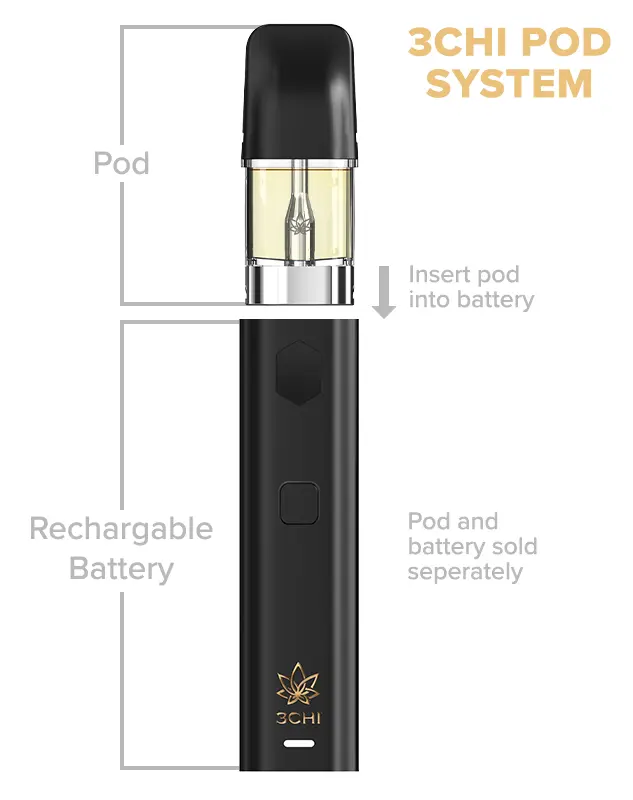Turn Products Custom-made Vape Flavors: Innovative Concepts and Methods
Turn Products Custom-made Vape Flavors: Innovative Concepts and Methods
Blog Article
The Ecological Effect of Disposable Vapes: Are They Really Sustainable?
As culture progressively moves in the direction of eco-conscious consumption practices, the sustainability of items has come under scrutiny especially in the past. Non reusable vapes, a thriving market segment in the vaping sector, have actually sparked discussions regarding their ecological impact. The comfort and ease of use that non reusable vapes provide are obvious, but beneath the surface exists a complicated web of eco-friendly repercussions that raise questions concerning their real sustainability. With issues ranging from resource removal to garbage disposal, diving into the ecological footprint of disposable vapes reveals a complex concern that should have more detailed examination.
Environmental Influence of Non Reusable Vapes

Unlike conventional vapes that can be filled up and reused, disposable vapes are created for a single-use cycle, leading to a quick accumulation of electronic waste. The production process of disposable vapes also eats valuable sources and power, more worsening their environmental footprint. Improper disposal of these gadgets can lead to dirt and water contamination, posturing threats to wild animals and communities.

Production Process and Resource Consumption
During the manufacturing of disposable vapes, substantial amounts of sources and power are taken in, contributing to their general ecological impact. In addition, the manufacturing of disposable vapes often includes the usage of non-renewable resources, even more diminishing finite materials.
Additionally, the production of disposable vapes likewise generates waste and pollution. The production process of disposable vapes plays a considerable duty in their total ecological impact and sustainability factors to consider.
Waste Generation and Disposal Obstacles
Taking into account the resource-intensive manufacturing procedure of non reusable vapes, the administration of waste generation and disposal provides considerable environmental challenges. Disposable vapes add to the mounting problem of digital waste as a result of their single-use nature and facility composition. The batteries, circuitry, and plastic elements of non reusable vapes make them tough to recycle effectively, bring about a substantial amount of e-waste winding up in landfills. Incorrect disposal of these tools can result in damaging chemicals leaching right into the soil and water, posturing dangers to environments and human health.
Moreover, the inappropriate disposal of non reusable vape cartridges, which frequently consist of residual pure nicotine and other toxic substances, can infect the setting otherwise handled properly. The absence of standard recycling programs for these cartridges worsens the issue, with many winding up in regular waste streams.
To deal with home these waste generation and disposal obstacles, it is crucial for makers to make even more lasting vape products that are easier to recycle. Additionally, increased recognition and education and learning on appropriate disposal techniques amongst customers are important in reducing the environmental impact of non reusable vapes.
Chemicals and Toxic Materials Use

Moreover, the batteries in disposable vapes have hefty steels such as cadmium, lithium, and lead, which are damaging to the setting otherwise recycled suitably. Turn products. Incorrect disposal of these batteries can result in dirt and water contamination, posing threats to ecological communities and human health and wellness. The prevalent usage of chemicals and toxic materials in disposable vapes emphasizes the importance of adopting sustainable practices in their usage, production, and disposal to minimize adverse environmental effects.
Sustainable Alternatives and Solutions
What lasting choices and services can be applied to deal with the environmental impact of disposable vapes? Additionally, advertising liable disposal techniques for non reusable vapes, such as recycling programs, can assist minimize the ecological effects linked with these items.
An additional sustainable solution is the advancement of naturally degradable vape elements. Manufacturers can discover using naturally degradable products for vape coverings, cartridges, and packaging to reduce the long-term environmental effect of these items. Motivating the use of vaping products with less chemical ingredients and toxins can additionally contribute to a much more sustainable vaping industry.
Education and learning and understanding campaigns can play an important role in promoting sustainable practices among vapers look at this website - Turn products. By educating consumers about the environmental influence of non reusable vapes and highlighting the benefits of environment-friendly options, people can make even more educated choices that align with environmental preservation efforts. Ultimately, a mix of regulatory steps, technological technologies, and customer actions is vital to address the environmental challenges positioned by disposable vapes
Verdict
To conclude, the environmental impact of disposable vapes is considerable because of the production process, resource usage, waste generation, and use chemicals. Lasting options and remedies must be considered to reduce these adverse results. It is essential for makers and consumers to prioritize eco-friendly methods to reduce the ecological damage brought on by non reusable vapes.
The environmental influence of disposable vapes is an expanding worry as their widespread usage contributes to plastic waste accumulation.Unlike standard vapes that can be filled up and recycled, non reusable vapes are designed for a single-use cycle, leading to a quick build-up of digital waste. The extensive use of chemicals and toxic products in disposable vapes emphasizes the significance of adopting sustainable techniques in their production, disposal, and use to alleviate negative environmental influences.
By notifying customers regarding the environmental influence of non reusable vapes and highlighting the advantages of green options, people can make even more informed choices that straighten with environmental preservation efforts.In verdict, the ecological impact of non reusable vapes is considerable due to the production procedure, resource intake, waste generation, and usage of chemicals.
Report this page